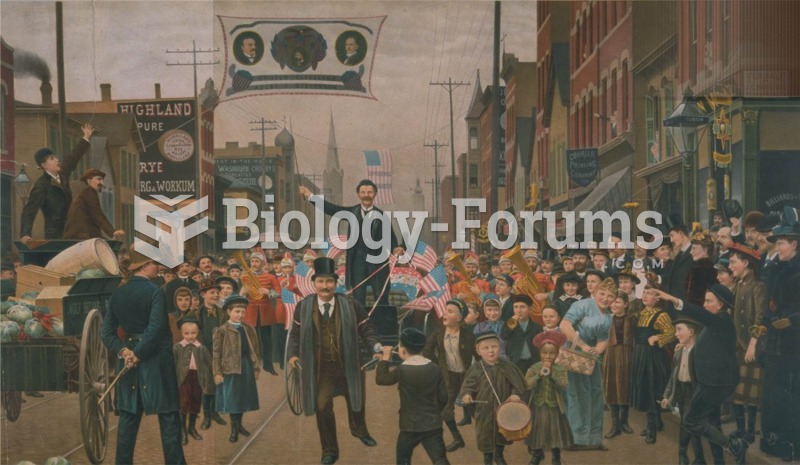Answer to Question 1ANSWER:The
movement developed around 1950 in Europe. Unlike earlier modernist movements,
absurdism was a designation created by a critic rather than by artists consciously working
toward a common goal.
These absurdist playwrights believed that making rational and meaningful choices was
impossible in an irrational universe.
They created theatre whose structure abandoned cause-and-effect relationships for
associational patterns, reflecting chaos and lack of order, logic, or certainty.
Beckett's plays embrace themes of loneliness, alienation, codependency, the inadequacy
of language, and the absence of objective meaning.
Beckett's plays increasingly reduced the scope of action and means of expression to those
absolutely essential for projecting his vision. This limited scope of action intensifies the
importance of the gestures, stage business, pauses, and language he has scripted in his
plays.
The form, structure, and mood of Beckett's plays cannot be separated from their
meaning. They explore a state of being rather than develop an action.
Answer to Question 2ANSWER:Brecht
created the alienation effect as a technique for distancing theatergoers from the
action of his plays because he did not see theatre as a place to escape one's problems but
rather as a place to recognize problems that are then to be solved outside the theatre.
Toward this end, Brecht exposed the theatrical means.
He urged his performers to present characters rather than fully identify with them.
Brecht often set the action of his plays in other times and places.
He permitted theatrical elements to contrast one another and thereby make independent
contributions to the thoughts generated by the production.
Brecht used captions, songs, and other structural devices to draw attention to the
construction of events







